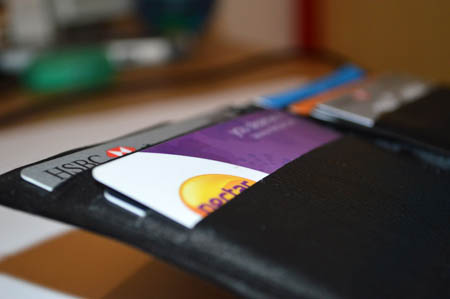Customer loyalty continues to be thought of in a very traditional sense, with many retailers using physical cards to track purchases and offer special deals to customers. However, the growth in smartphone usage among consumers has exploded in the last decade, with figures from comScore estimating that 64 per cent of UK mobile users now own smartphones and our own research conducted earlier this year suggesting this could be as high as 82 per cent.
The trend in smartphone adoption among consumers has already resulted in many retailers understanding the opportunity mobile commerce offers them, but retailers must look beyond the phone as another mere sales channel and see what else it can offer them. Smartphones have the potential to be more than simply an extension of existing e-commerce strategies and become a tool in improving consumers’ brand experience, so in this age where most shoppers have a smartphone in their pocket, businesses need to understand the power this small piece of technology can have for customer loyalty.
However, these leaders in traditional loyalty schemes are severely lacking when it comes to mobile…
Recent research we conducted into loyalty schemes, which polled 2000 consumers, found that our wallets are still bulging with an average of four traditional loyalty cards. The main issue stopping people from signing up to loyalty schemes seems to be their already bulging wallets, with a third (33%) reporting that the main reason they don’t register is because they already have too many cards in their wallet.
It’s no surprise that, when looking at traditional loyalty schemes, the UK’s supermarkets – and arguably the inventors of the modern ‘loyalty scheme’ – are leading the way, with 92 per cent of people reporting that they regularly use at least one loyalty card when they go for their grocery shop. This was followed by coffee shops (51%) and pharmacies (51%), which were the next most likely loyalty cards for consumers to have in their wallet.
However, these leaders in traditional loyalty schemes are severely lacking when it comes to mobile, with just a third (36%) of people accessing supermarket schemes through the device in their pocket, dropping to 33 per cent for coffee shops and 27 per cent for pharmacies. It’s actually tech-savvy electrical retailers that are leading the mobile revolution, with almost two thirds (62 per cent) of consumers saying that they access at least one loyalty scheme for electrical stores over their phones, followed by hairdressers (43 per cent) and clothes stores (38 per cent).
Mobile loyalty schemes are still in their relative infancy, but an integrated mobile loyalty programme can not only help consumers lighten the load in their wallets, but also gives retailers a platform through which they can build more personal relationships with customers. Compared to competing to be one of the 4 cards consumers are willing to carry in their wallet, mobile offers brands not only a less competitive device, but one they can much better utilise to engage customers through loyalty schemes.
We are a nation of bargain hunters, and the feeling that we’re getting a little something extra for our loyalty to a business has always appealed to Brits. But where shoppers have previously been limited by the number of cards they are willing to fit their wallets, the mobile phone means that consumers can now access even more loyalty programmes on-the-go. Smartphones give retailers a platform through which they can build more personal relationships with customers while providing them with access to offers and promotions in a more convenient way, so the consumers never misses out.
Therefore, while it’s clear traditional cards still have their place and are not quite dead yet, retailers that don’t embrace smartphones and tablets as part of their loyalty schemes risk being left behind by those businesses that recognise the opportunity these devices offer to engage consumers in new ways.






